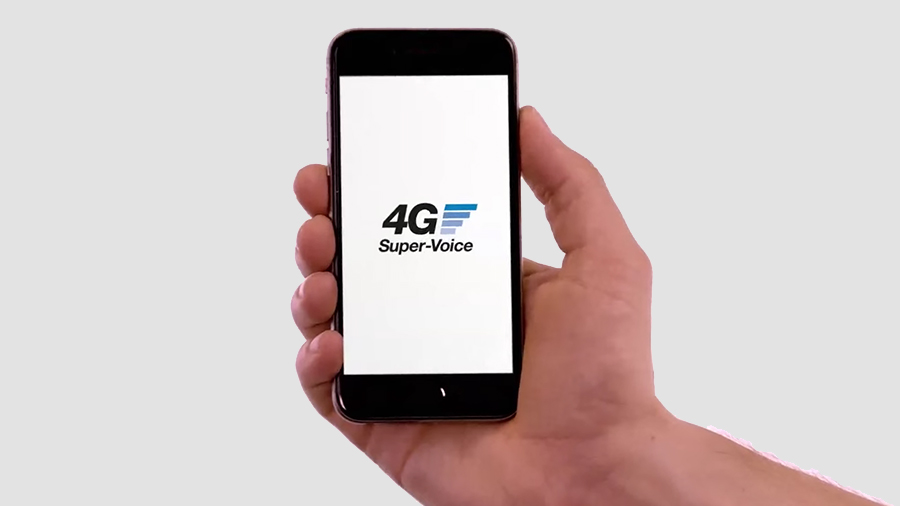

4G Super-Voice is rolling out across the UK - which is great news, once you know exactly what it is. Some of the terminology can get quite confusing, so we're here to explain how the technology works, and when you might be able to get it on your phone network.
Basically put, 4G Super-Voice gives you 4G speeds for your voice calls as well as your data - it's basically high-definition voice calls. What's more, it should give you better coverage inside buildings and in other dead zones, depending on the network you're connected to.
2G, 3G and 4G Super-Voice
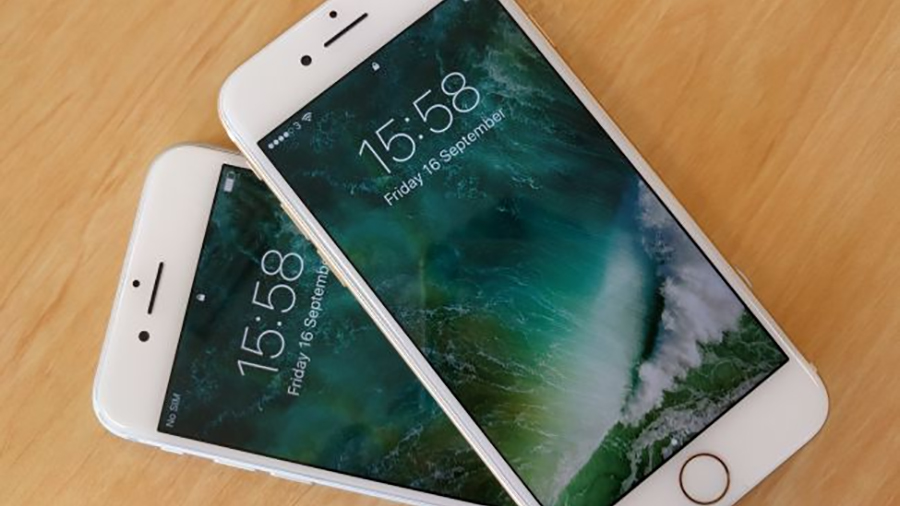
You probably know 3G is faster than 2G, and 4G is faster than them both, but it's not easy to be sure - these terms are used to refer to different types of technology depending on the company and the country involved, which can be confusing for everyone.
In the UK, 4G data connections - what you use to get your Facebook updates quicker than ever on your phone - are spread across three bands, depending on your network: Band 20 (800MHz), Band 3 (1800MHz) and Band 7 (2600MHz).
A lower frequency means slower speeds but higher penetration through walls; a higher frequency means faster speeds but shorter ranges. Lower spectrum is often used in rural areas where mast signals need to stretch further.
Up until recently, 4G has been used exclusively for data connections, making sure websites and Snapchats load up quickly (when you make a call, you're falling back on the older 2G and 3G networks). That brings us on to 4G Super-Voice, which does utilise the fastest speeds for phone calls too.
4G Super-Voice is actually the branding given to this technology by the Three network, and its official name is Voice over LTE or VoLTE. LTE, or Long-Term Evolution, isn't technically the same technology as 4G, but most phone operators use the terms interchangeably, so we'll let it slide for the sake of sticking to the original topic of this article as much as we can...
Sign up to the T3 newsletter for smarter living straight to your inbox
Get all the latest news, reviews, deals and buying guides on gorgeous tech, home and active products from the T3 experts
4G Super-Voice on Three
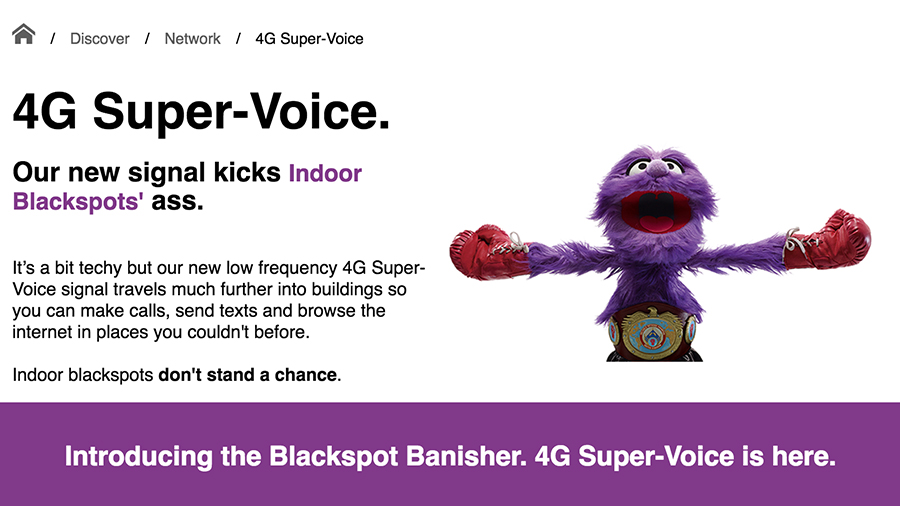
So, 4G Super-Voice is 4G speeds for your voice calls, as labelled by Three. As of summer 2016, Three, EE and Vodafone have rolled out this technology so far in the UK, though check your coverage and device (see below for more).
Three's implementation of VoLTE sticks exclusively to the 800MHz frequency, and as a result the company is marketing it as a way to get signal where you otherwise wouldn't.
It should also give your phone's battery life a boost, because it won't need to switch to and from 4G networks to make a call any more - it'll be able to stick to the same one.
Speaking of devices, there's one final piece of the jigsaw, which is you need a smartphone capable of making 4G voice calls too. Most high-end handsets now come with the feature available, and Three has published a list that you can check your model against.
If you're unsure, it should be listed somewhere in your phone's specifications, though double-check that you're running the latest version of your phone's software too.
Three says it's continuing to roll out coverage to more of its customers and that 75 percent of the UK population is already covered. When you're making a VoLTE call, both you and the other party need to be on a 4G connection, however.
VoLTE implementations like 4G Super-Voice also have the potential to enable higher quality video calls as well, integrated into your phone's dialler app.
VoLTE on other networks
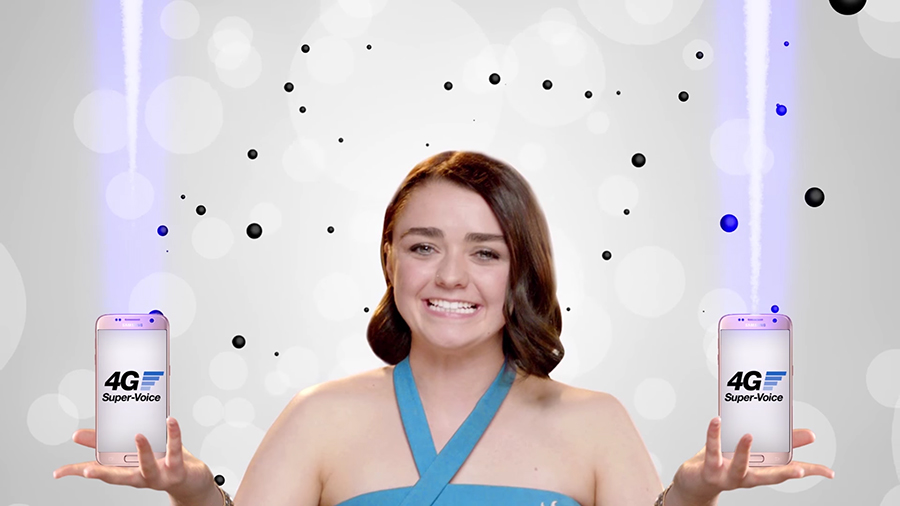
Three has led the way with VoLTE in the UK, though the other networks are now catching up. Depending on your plan, it can be tricky to pin down exactly where your phone provider is up to in terms of implementing the technology.
We've already mentioned EE, which says 4G calling (no fancy brand name here) is now available across all of its network - but you do need to be a pay monthly customer to get it, and the list of supported devices is relatively small for the time being. Still, officially speaking, the tech is up and running on EE.
Vodafone also says its VoLTE implementation is live wherever you get a 4G signal, and its list of compatible phones is longer than EE's (or perhaps just more up-to-date). It promises higher quality voice calls and fast web browsing even when you're on a call.
As for O2, it's still at the "coming soon" stage, with no official timeline yet given by the network.
If you're signed up to a virtual mobile network operator which piggybacks on someone else's infrastructure then you need to check which network you're on and which features are available. Chances are VoLTE will come to every network eventually, like the original 4G, but you might be waiting a while.
In the meantime, as people switch to 4G frequencies for calls, it means the older 2G and 3G connections can be repurposed to add extra bandwidth to 4G bands - and that means a faster experience for everyone.
- Enough about 4G - what's 5G all about?
Dave has over 20 years' experience in the tech journalism industry, covering hardware and software across mobile, computing, smart home, home entertainment, wearables, gaming and the web – you can find his writing online, in print, and even in the occasional scientific paper, across major tech titles like T3, TechRadar, Gizmodo and Wired. Outside of work, he enjoys long walks in the countryside, skiing down mountains, watching football matches (as long as his team is winning) and keeping up with the latest movies.
-
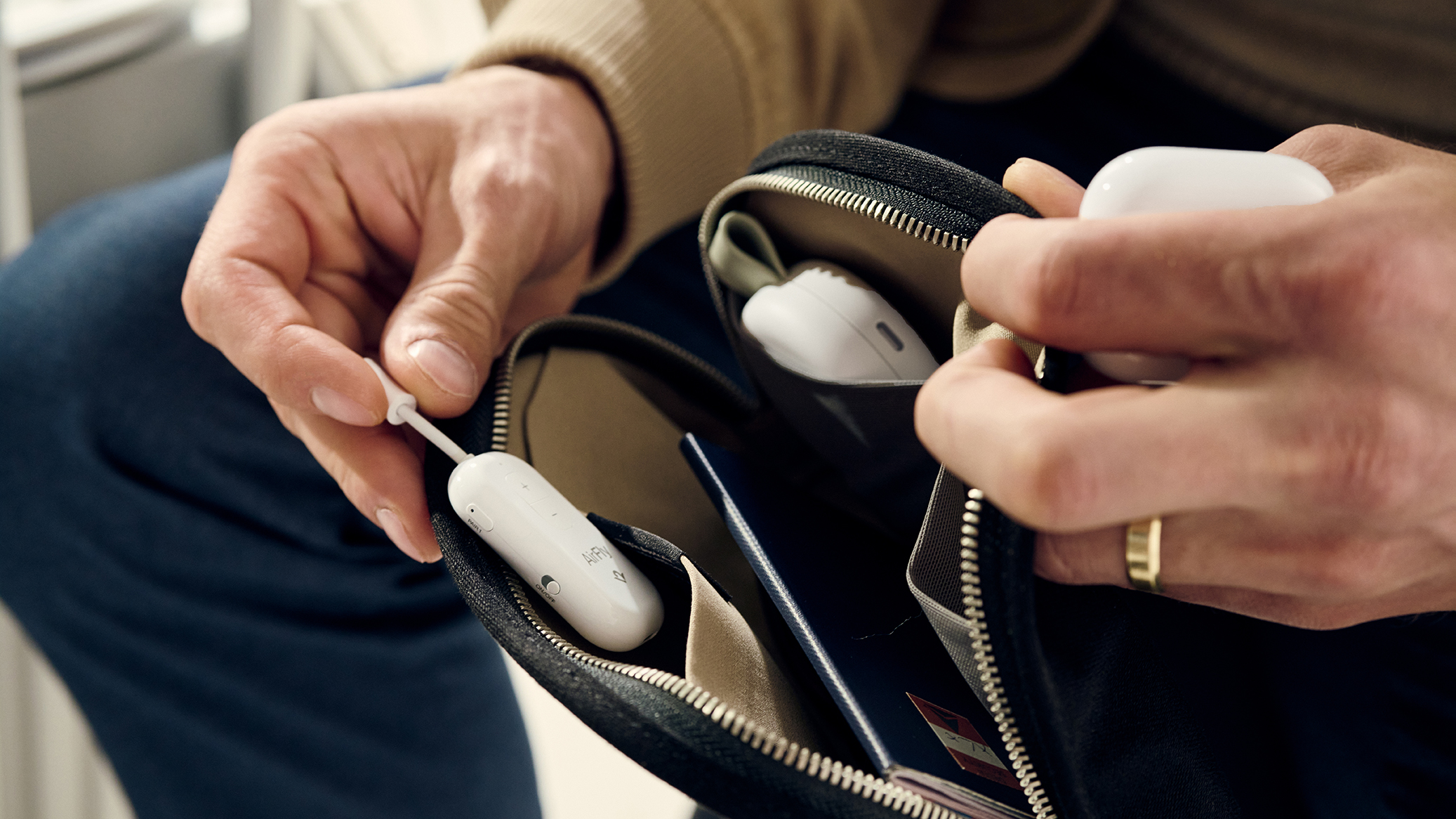 The 7 luxury travel items I won't leave home without – and why you shouldn't either
The 7 luxury travel items I won't leave home without – and why you shouldn't eitherI've flown for many hundreds of hours – and know these luxury travel items will improve your journey
By Mike Lowe
-
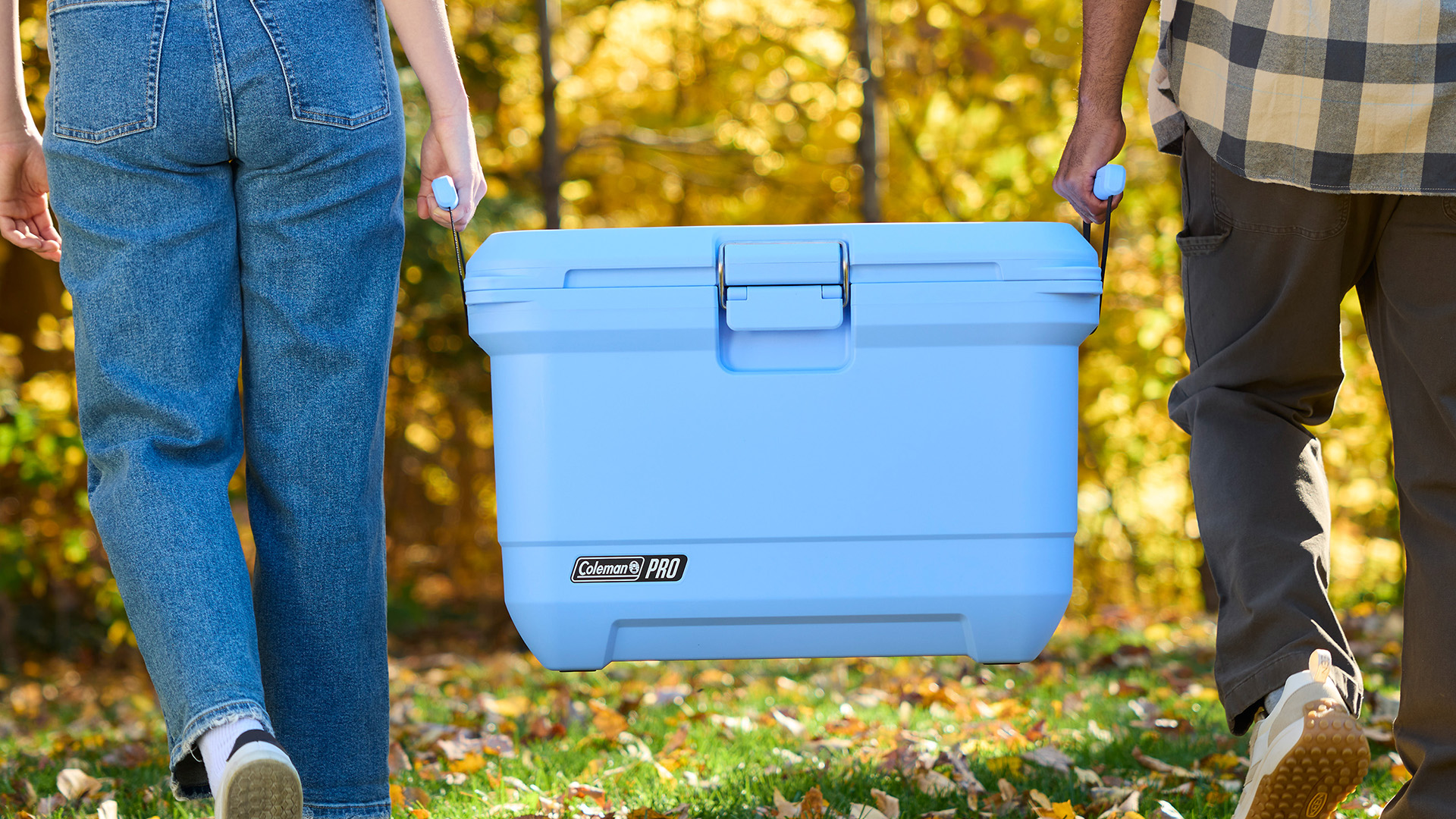 Coleman takes on YETI with lighter, tougher and cheaper Pro Cooler range
Coleman takes on YETI with lighter, tougher and cheaper Pro Cooler rangeMove over, YETI – there’s a new cooler in town, and it's not here to play nice
By Matt Kollat